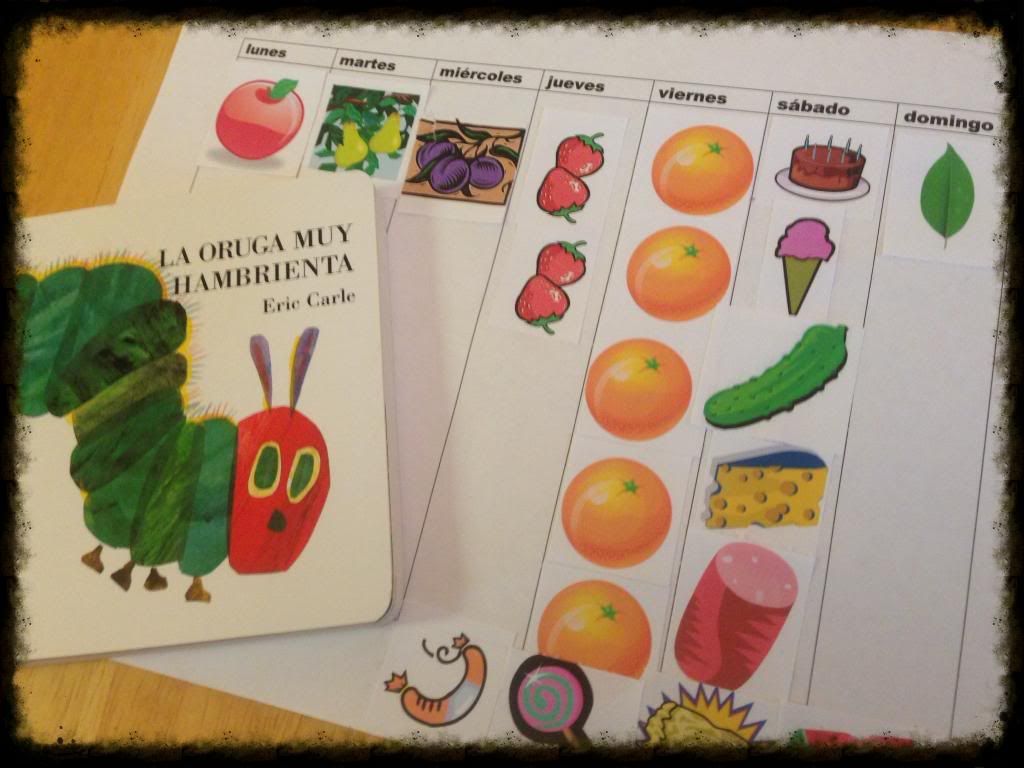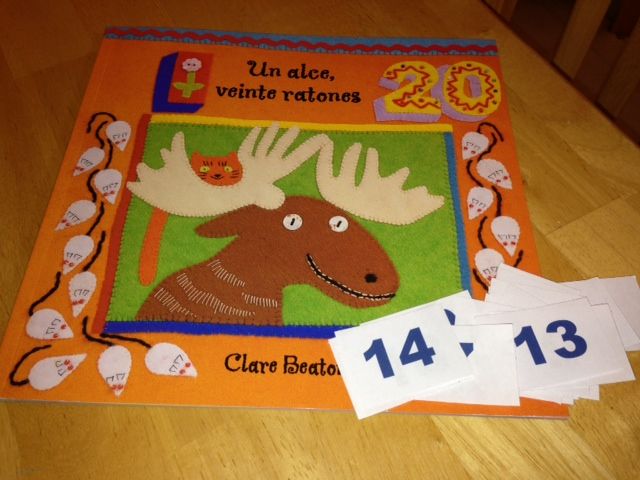One of my favorite parts of teaching Spanish is reading real
literature (not just stories written for language learners) with my
students. Recently, I started reading literature with my high school
son. I was amazed at how much he enjoyed the stories and how much more
engaged he was than when working on grammar or vocabulary.
Here are some of my favorite literature pieces to teach. I have used
these selections time and again for about twenty years. Most of these
stories would be upper level high school or intermediate college level
Spanish.
These first two selections are normally what I start out with if students have never read Spanish literature before.
(NOTE: Many, but not all, of these selections can be found in Album .)
Signos de Puntuacion
.)
Signos de Puntuacion by Luis C. Infante
- The story of how
Sr. Alvarez's last will and testament gets interpreted. His will is
written without punctuation. Each of his relatives or acquaintances
punctuate his will to benefit themselves. Humorous. Great starter
story because the bulk of the story is repeated (the will portion).
Una Carta a Dios by Gregorio Lopez y Fuentes - The humorous story
of what happens when a Mexican farmer has complete faith in God and
writes Him a letter. There are a lot of resources on the internet to
supplement teaching this story as it is incredibly popular with Spanish
teachers.
No Oyes Ladrar Los Perros by Juan Rulfo - A man tries to save his wayward son after he has been injured. Poignant and sad.
El Tiempo Borra by Javier de Viana - A short story from Uruguay
about a gaucho who was imprisioned for 15 years. He is released. What
will he find when he returns to his wife and child?
Continuidad de Los Parques by Julio Cortazar - A man reading a
novel becomes a part of the story. As with many of Cortazar's stories
the line between reality and fantasy are blurred.
La Nocha Boca Arriba by Julio Cortazar - Another great story with
a surprise ending. Two realities are presented: a human sacrifice and a
motorcycle accident. The level of reading on this one is a little more
advanced. I would save Julio Cortazar's work after students have had
some experience in reading in Spanish. Other titles by Cortazar: Casa
Tomada, Axolotl.
Un dia de estos by Gabriel Garcia Marquez - While I am really not
a fan of Garcia Marquez's longer works (i.e. One Hundred Years of
Solitude). This short story of a dentist and a mayor is worth the read.
La Pared by Vicente Blasco Ibanez - A touching story of two
families in Spain that overcome a feud when a fire breaks out in one of
their homes. How tragedy can bring together enemies.
El Crimen Perfecto by Enrique Anderson Imbert - A story from an
Argentine author about a man who believes that he has committed the
perfect crime. Very humorous with a touch of fantasy.
Horacio Quiroga's short stories,
A La Deriva and
Las Medias de los Flamencos will give your students a taste of "The Poe of Latin America".
Las Medias de los Flamencos is a more lighthearted story whereas
A La Deriva is similar to some of the stories Edgar Allan Poe wrote. Teachers pay Teachers has a unit on
Las Medias. Here is my packet on
A La Deriva.
























